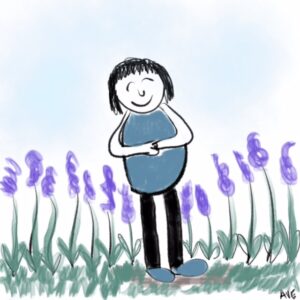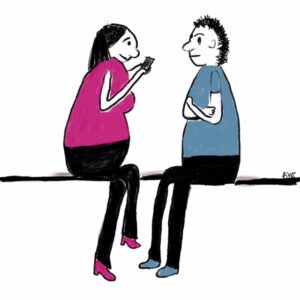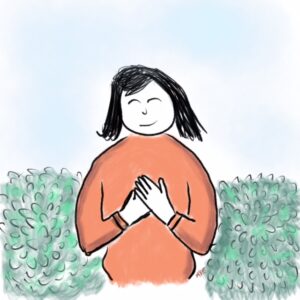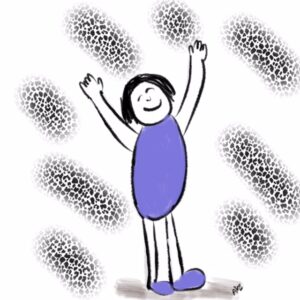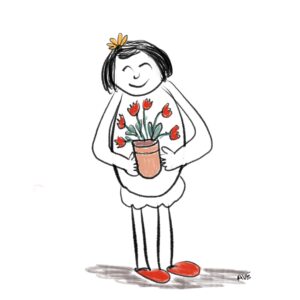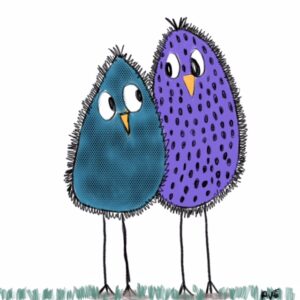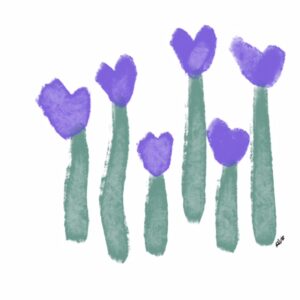
In Denmark, there are libraries where you can “borrow a person” and hear their life story for 30 minutes rather than borrowing a book. Each person has a title such as “refugee,” “bipolar”, “unemployed,” etc. Listening to a person’s life story teaches people to “not judge a book by its cover.” This project, called The Human Library, is active in over 85 countries.
Whether you can access one of these projects, make it a goal to take an Open Stance and be curious to listen and learn about another’s life. We each have a winding and interesting path that has contributed to our perspective and way of being.
I recall people I met with whom I initially assumed we would not connect or be friends, yet to my surprise, we later became close. Reflecting on these experiences has helped me to stay open to people.
It helps me recall that we each experience challenges on our life journey and that people often do what makes sense to them. We each have learned habitual patterns that likely once served us. At the same time, we are each in the process of learning and growing. Through connection with others, we create a sense of belonging and joy and can realize our potential.
Your simple act of listening without judgment but care can make a difference for others and you.
Do you recall an experience of initially judging a person by their cover and then learning more and shifting your perspective?

